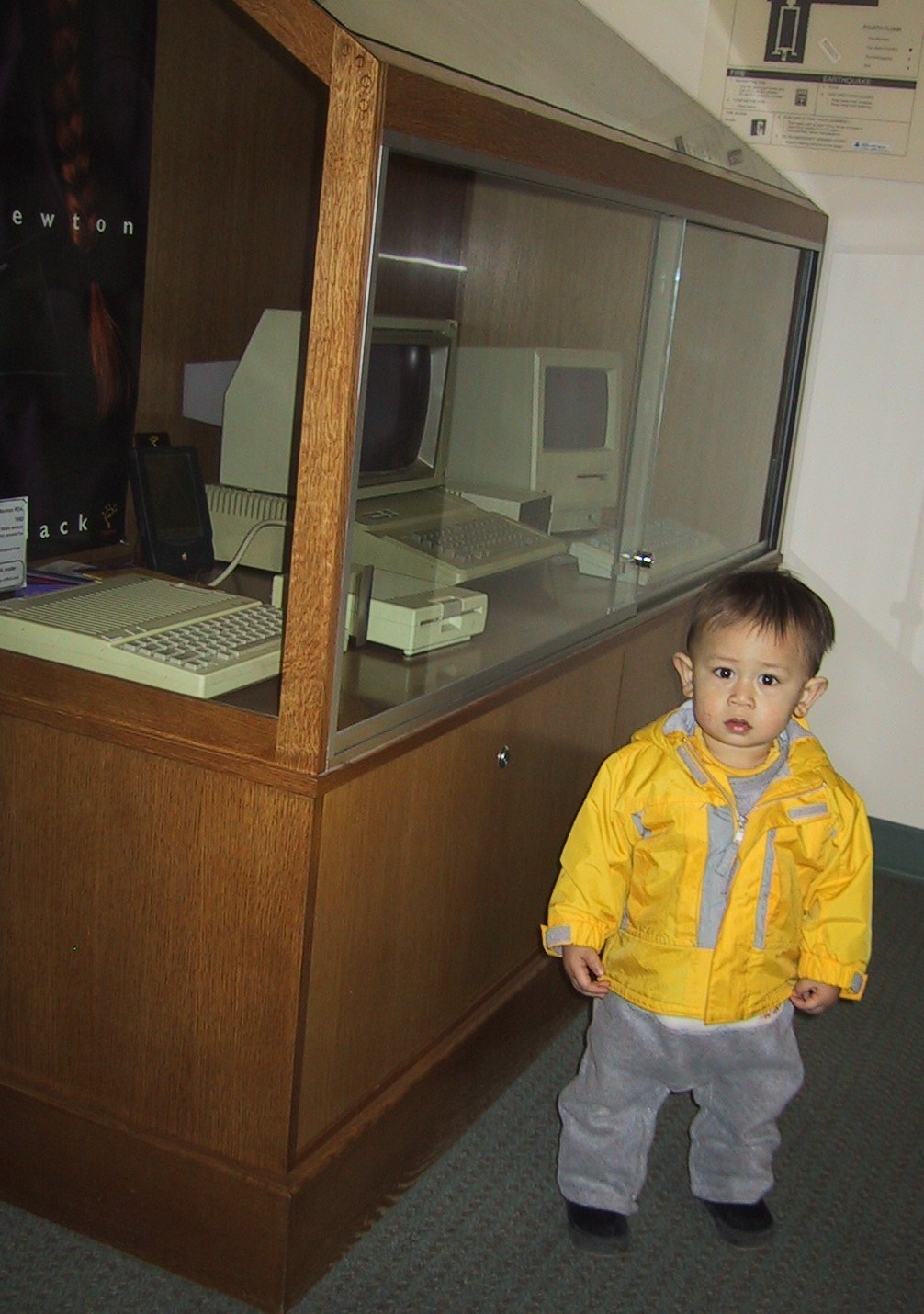 |
 |
 |
 |

|
Apple Display -- under Development
 |
Cabinet [Donations by Jeff Ullman [JU] and others]
with Evan Wiederhold
- Apple 2 [JU]
- Apple Macintosh [JU] with keyboard [Gio]. Stanford Library MAC history Project.
- Apple X
- Newton PDA [SUMEX]
- Newton Poster [Bob Lantz]
- NexT Cube [SUMEX, not yet on display]
- Wooden Apple -- looking for one
A history of Apple and related events
Based on Walter Peterson's
Cyberstreet Chronology;
Van Burnham: Video Game Timeline [Wired, May 2001], with many additions from a
variety of (mainly on-line) published sources.
Information on Apples also from James Willing
web site.
Also see Alex Pang, Ph.D.:
Making the Macintosh.
and corrections by Dr. O.M. Betz, received April 2006.
Dates introduced should be verified. Dates pertaining specifically to Apple
are in Bold font.